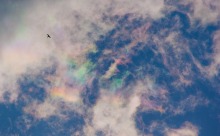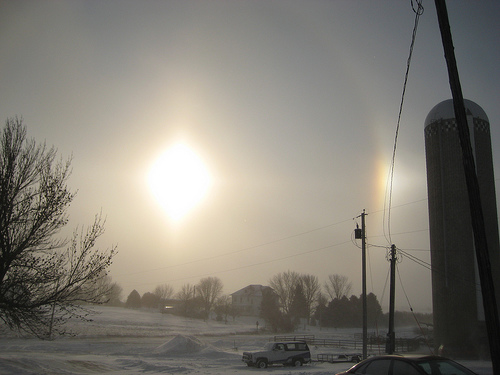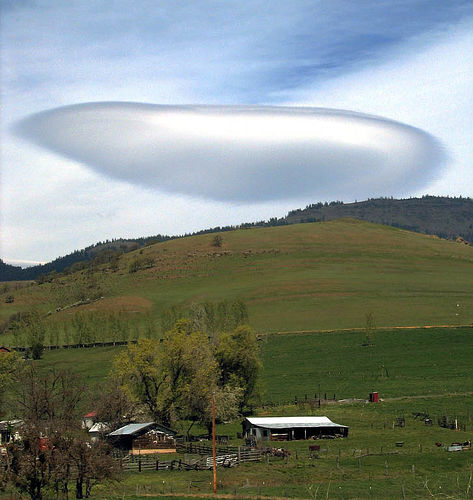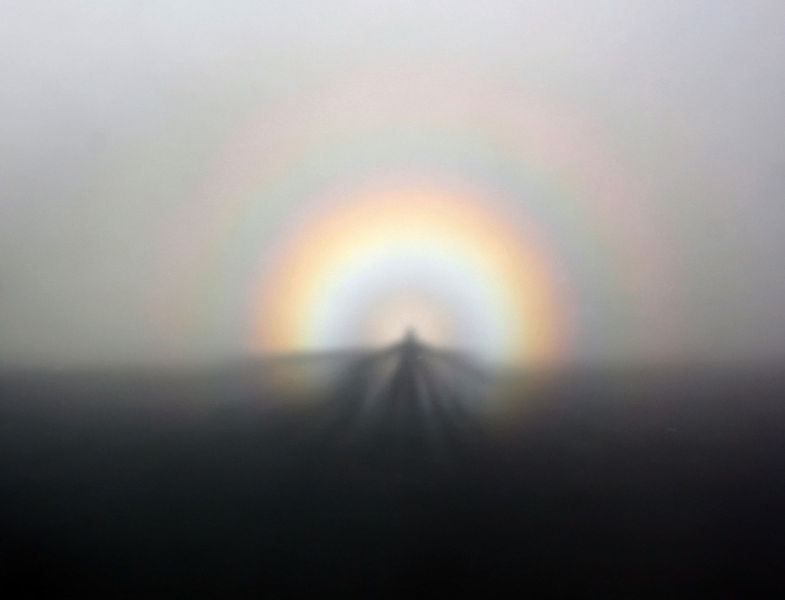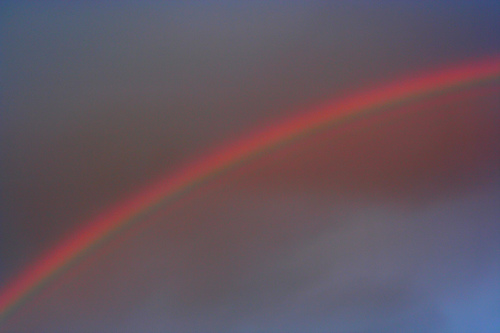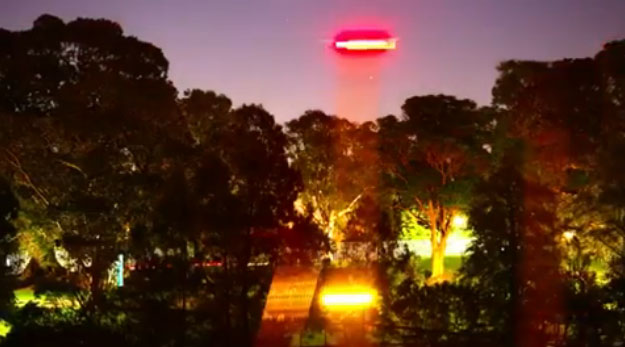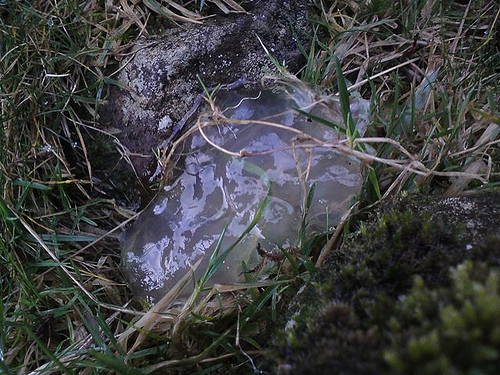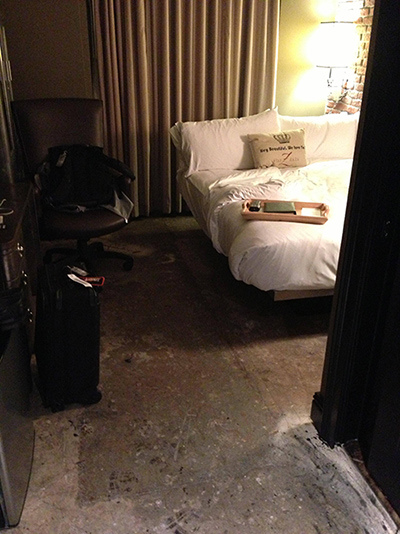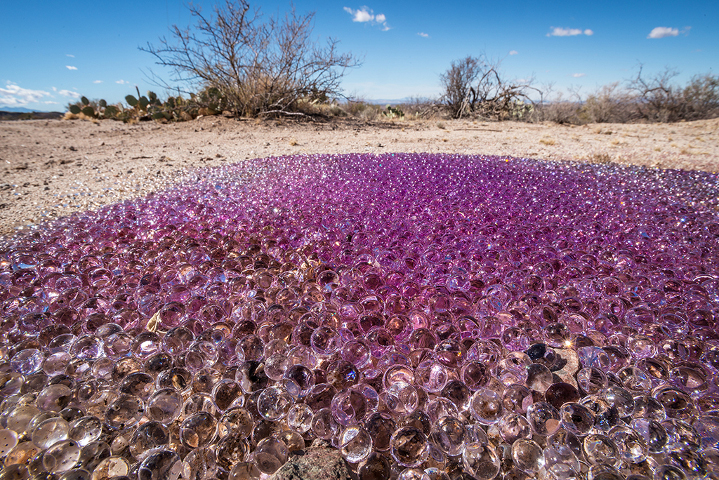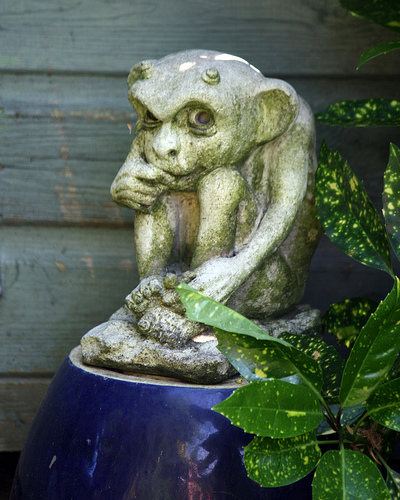Australian movie superstar Russell Crowe recently set up a camera on a fixed tripod in his office window. His intent was to snap pictures of bats emerging from Sydney's Royal Botanic Gardens at dusk. Instead, he caught three snaps of what appear to be moving rods of light. The lights move from right to left across his field of view.
Crowe has stitched together the three images and posted them online in a YouTube video, which you can watch here:
First thing's first: I do not believe the star is trying to hoax us, nor that he is being deliberately hoaxed. I would sincerely doubt that this footage has been faked or digitally manipulated in any way. Why would Crowe risk his reputation on something like that? It's ridiculous.
Also, his belligerent, defensive tone in response to attacks from internet skeptics is far too convincing. And while it's true that Crowe is known as a prankster, his flavor of humor tends to be more along the lines of
making prank phone calls to Michael Jackson.
However, I am also pretty sure that these are not UFOs.
Item the first: the lights clearly seem to be reflecting off something. Whether it's the lens of the camera, or a pane of glass in front of the camera, is hard to say. But there is definitely a reflected, lens-flare-like quality to the light trails surrounding these lights.
Crowe hasn't posted pictures of the camera set-up, so we don't actually know if the camera was sitting behind a window, or was situated outside (as on a balcony or window ledge). He has clarified that he was using a
"Canon 5D no flash," adding that the camera was fixed, not moving.
Item the second: the two lights are, shall we say, extremely similar to the color of the taillights of a car that passes in the background immediately before the "UFO" appears.
This video is actually four still shots stitched together. The first is an establishing shot of the gardens, and the next three show the lights passing in front of the camera. The UFO lights seem to follow the car as it passes through the frame. They travel in the same direction as the passing car, at about the same speed.
Whether Crowe posted this as a joke, or if he sincerely was puzzled by what he captured, remains unknown. But I think we can consider this particular UFO to be identified.

